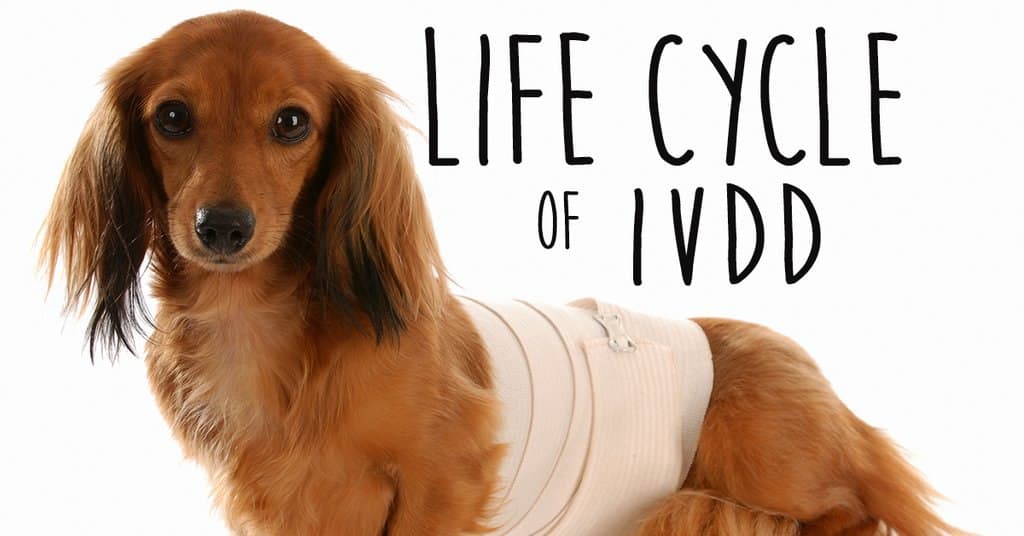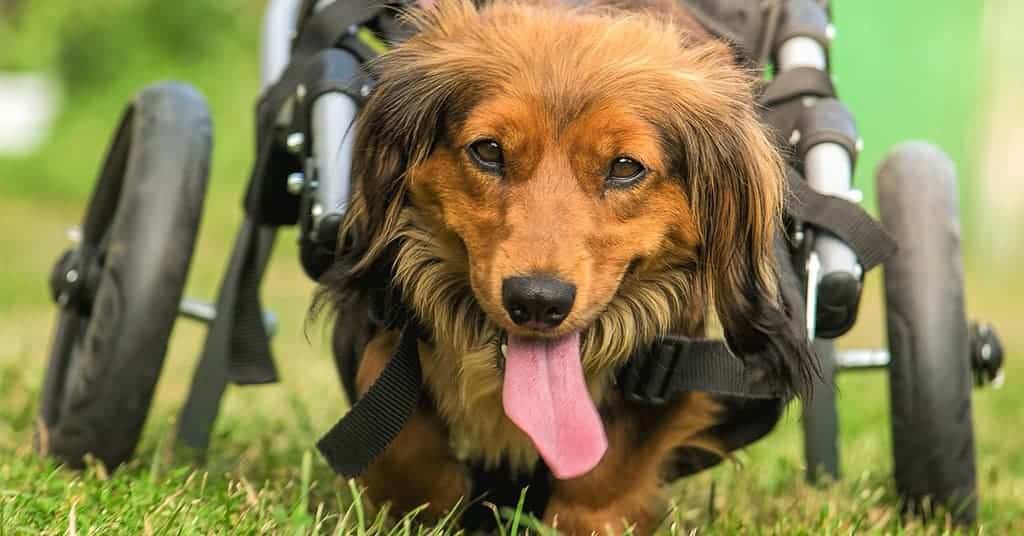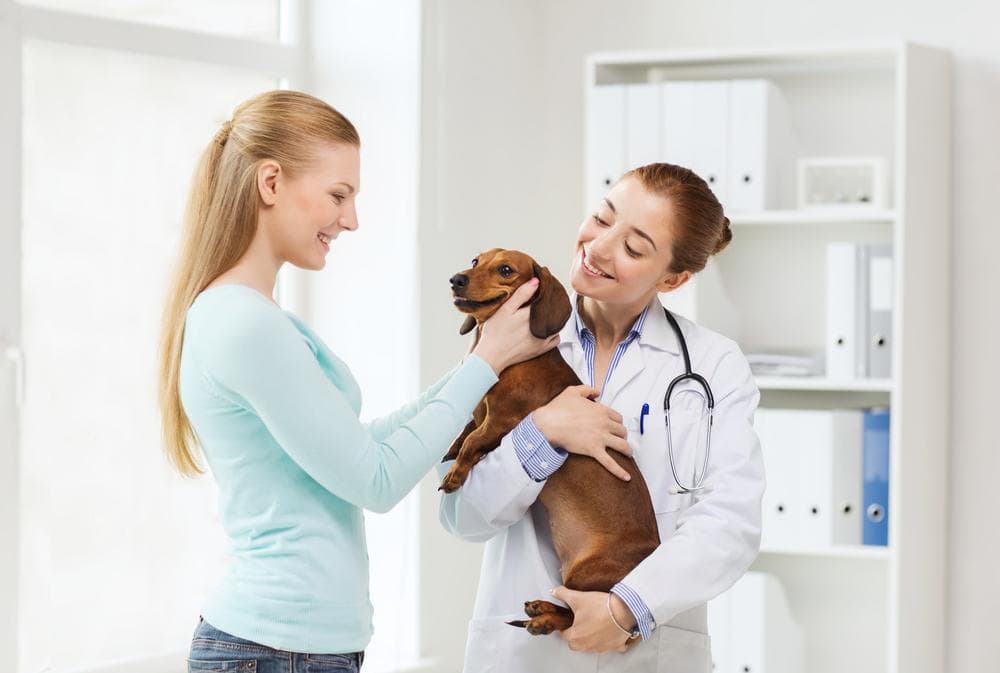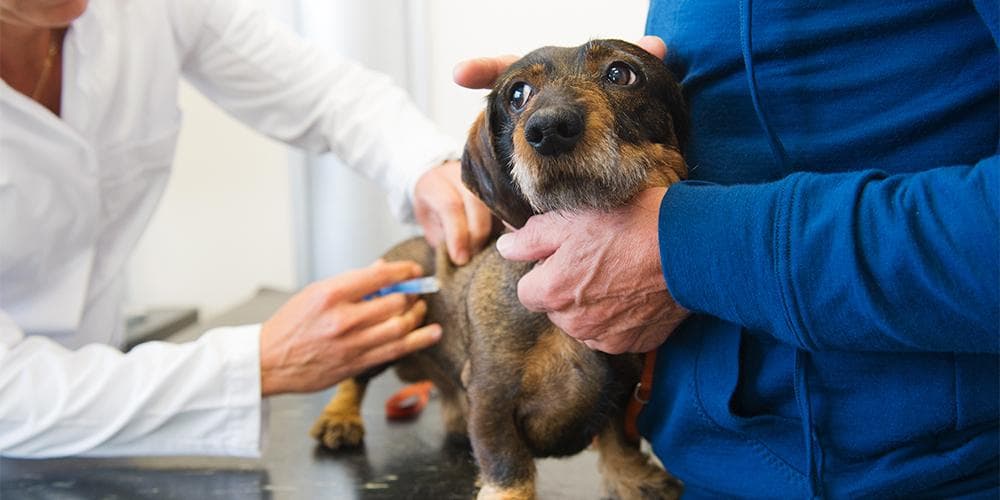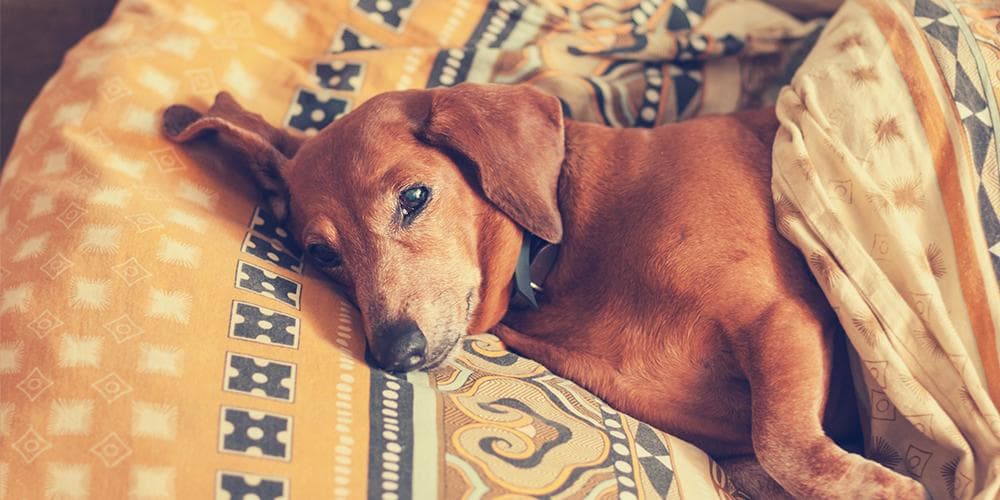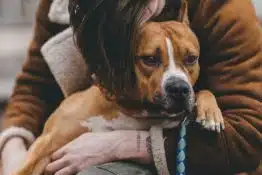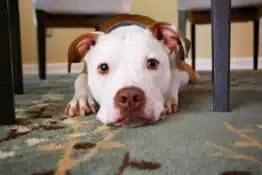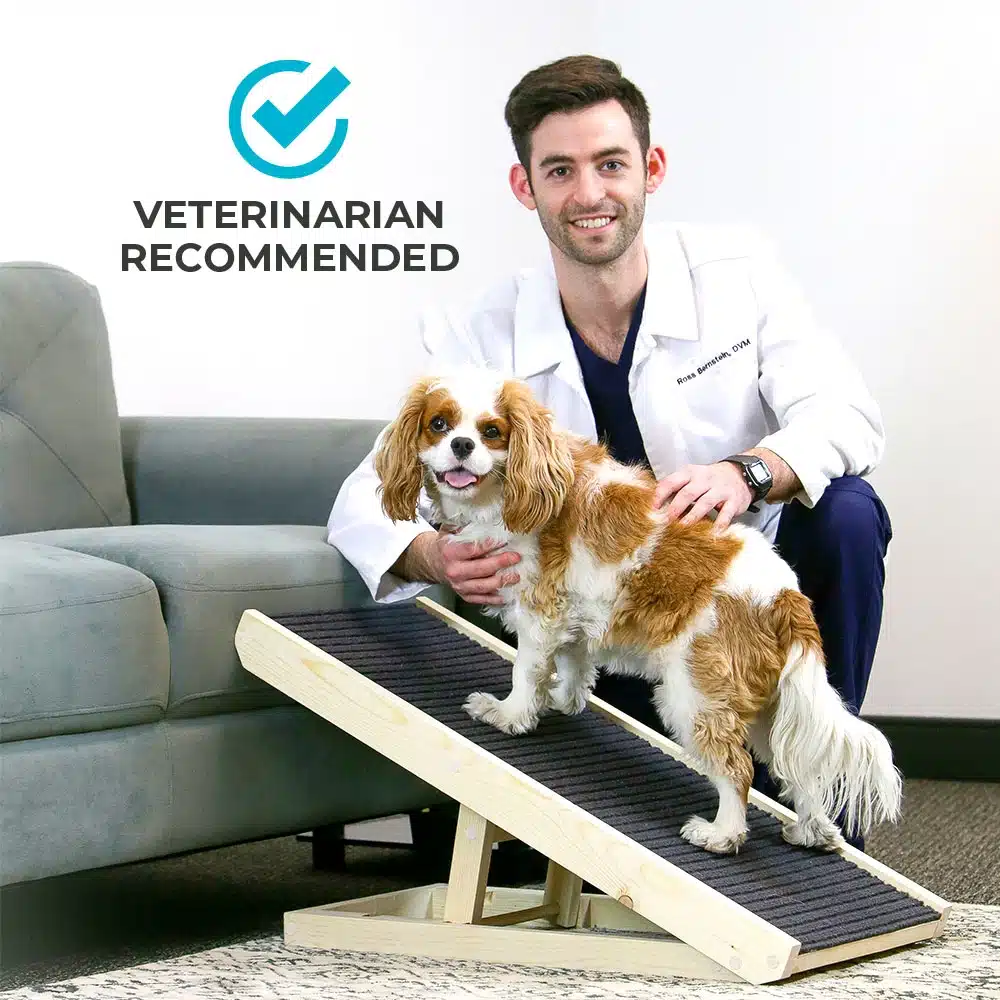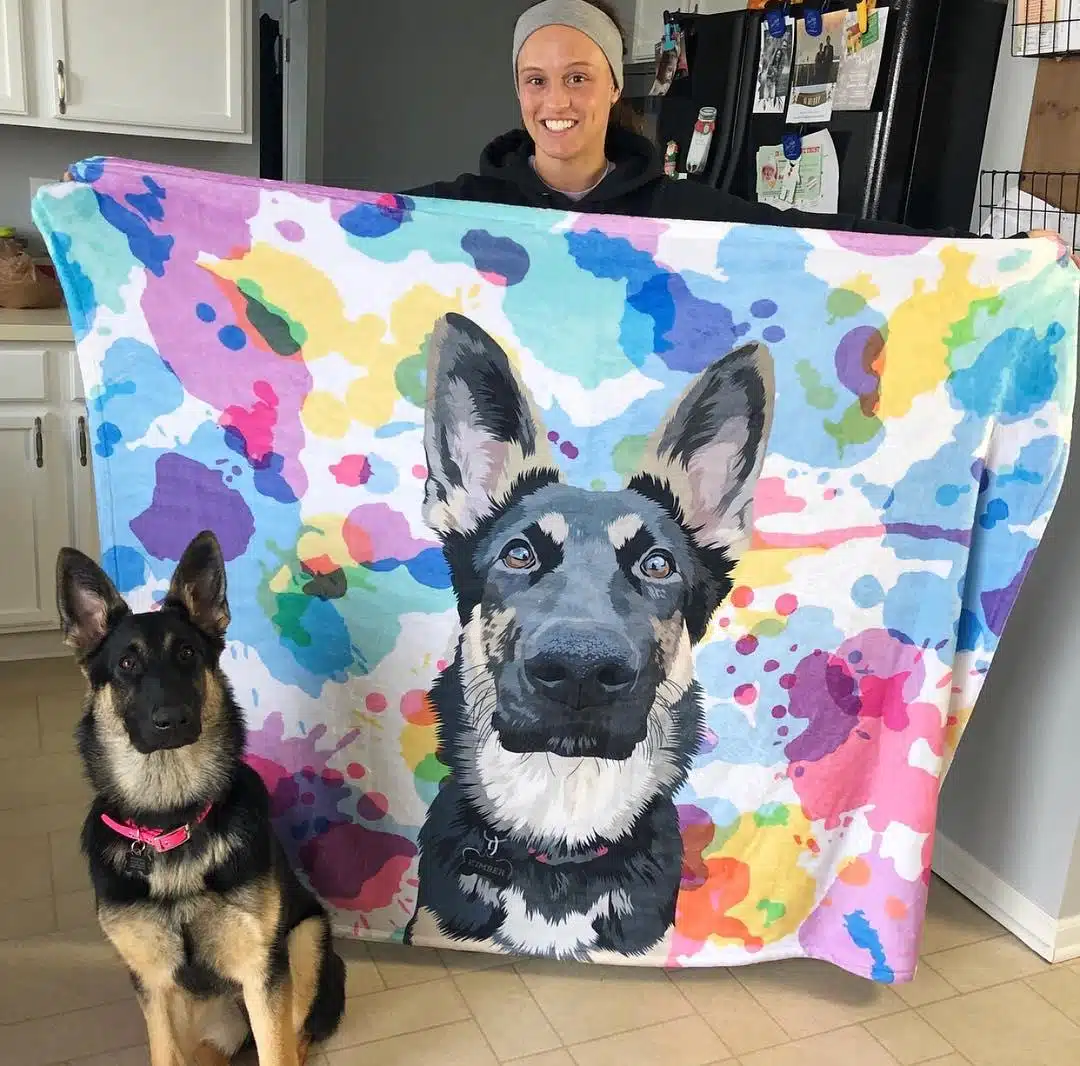The Life Cycle of IVDD in Dachshunds
Understanding the life cycle of IVDD can prevent needless suffering by your beloved dog, and costly vet bills. If you own a Dachshund, it is extremely important to be aware of Intervertebral Disc Disease (IVDD). Approximately 1 in every 4 Dachshunds will suffer from IVDD in their lifetime. With the scary statistic, it is important to be aware of the lifecycle so we know what to expect, and how to manage it.
Remember, you are not alone in this, so that is why we are going to walk you through looking for early warning signs, the treatment process, and tips for after-care.
What Is Intervertebral Disc Disease?
Intervertebral disc disease is a common condition characterized by the breakdown (degeneration) of one or more of the discs that separate the bones of the spine (vertebrae), causing pain in the back or neck which can lead to paralysis. It is a genetic disease, that affects approximately 25% of Dachshunds.
Early Warning Signs
If you suspect that your Dachshund is experiencing any of the following signs or symptoms, seek veterinary advice as soon as you can:
IVDD Survivor Story – Hannah & Louis
#1. SENSITIVITY TO BEING TOUCHED
When you touch your Dachshund he may cry out or yelp in response, and perhaps even act aggressively towards you. In some cases you may even notice your Dachshund avoiding you to prevent you from picking him up or patting him.
#2. UNUSUALLY WITHDRAWN AND QUIET
When your Dachshund is in pain, he may spend a lot of time sleeping or laying down in a place that’s not a part of his normal routine. You might also notice your Dachshund hiding or sitting in an isolated corner.
#3. A HUNCHED BACK
A Dachshund with disc issues tends to develop a hunch in his back – a hunch may be severe or it may also appear in a more subtle manner where it looks like one or two vertebrae are protruding from the spine slightly. Your Dachshund may also move around with a slower and shuffling walk and/or have a tense belly.
Being Aware of IVDD is the First Step.
Knowing some of the early signs of IVDD can hopefully help you catch the disease in its early stages and get the proper care so it doesn’t worsen.
Treatment
Treatment may vary depending on the symptoms, and the intensity of said symptoms. This is why knowing the early signs and beginning to treat IVDD as early as possible is a HUGE factor in how much care your Dachshund will need.
Watch Dr. Ross’s Review on Dog Ramps
On the other end of the spectrum, Dachshunds that have more severe symptoms are candidates for surgery.
The Surgery
According to MedVet, “IVDD Surgery involves creating a small window in the bone around the spinal cord to gain access to the disk material. The material is removed, relieving the spinal cord compression and allowing healing to take place…
Surgery is effective at relieving pain, eliminating spinal cord compression, and maximizing chances for patient recovery.”
Note: Surgery for IVDD can cost up to $8,000
Life Post IVDD – After Care
The surgery is over, great! However, that doesn’t mean IVDD ends here. There is rehabilitation and aftercare to make sure your beloved Dachshund recovers at the right pace, and most importantly, doesn’t have to go through ANOTHER surgery.
Recovery, in general, involves approximately four weeks of activity restriction, basically meaning no off-leash activity. I know that might seem hard, but it’s crucial. Depending on your pet’s neurological function, some additional care will be determined by your vet.
Some Dachshunds will also require help walking and/or relieving themselves, while some other Dachshunds might need various medications and intense physical rehabilitation. The specific requirements for your Dachshund’s aftercare will be explained by your vet, however, it’s nice to have some examples ahead of time of what you can expect.
#1 Recommendation to Prevent Worsening Symptoms
Avoid Allowing Your Dachshund to Jump On and Off Furniture. This can strain their spinal cord, which can lead to back injuries over time. A fall off the furniture from a jump can also trigger or worsen the symptoms of IVDD. Use a Ramp instead to provide easy access onto the sofa or bed.
We hope you learned something from this overview of the Life Cycle of IVDD. Looking for the early warning signs, and providing your Dachshund with the right lifestyle and tools to live the safest and healthiest life is KEY.
If you have any comments about your own journey with IVDD, let us know in the comments below!

